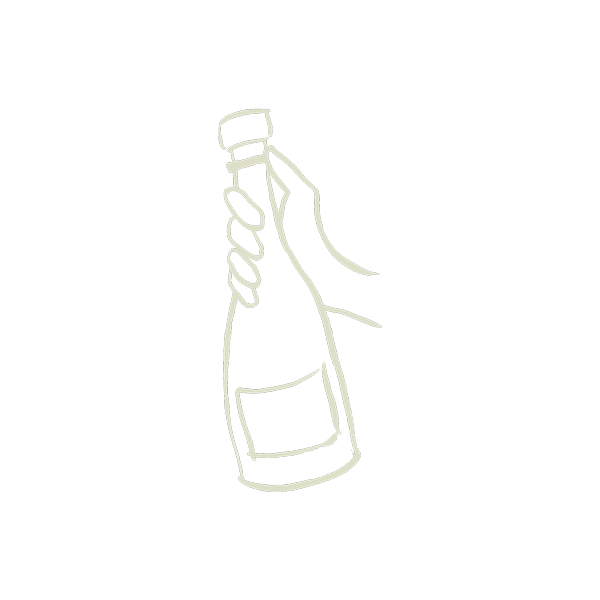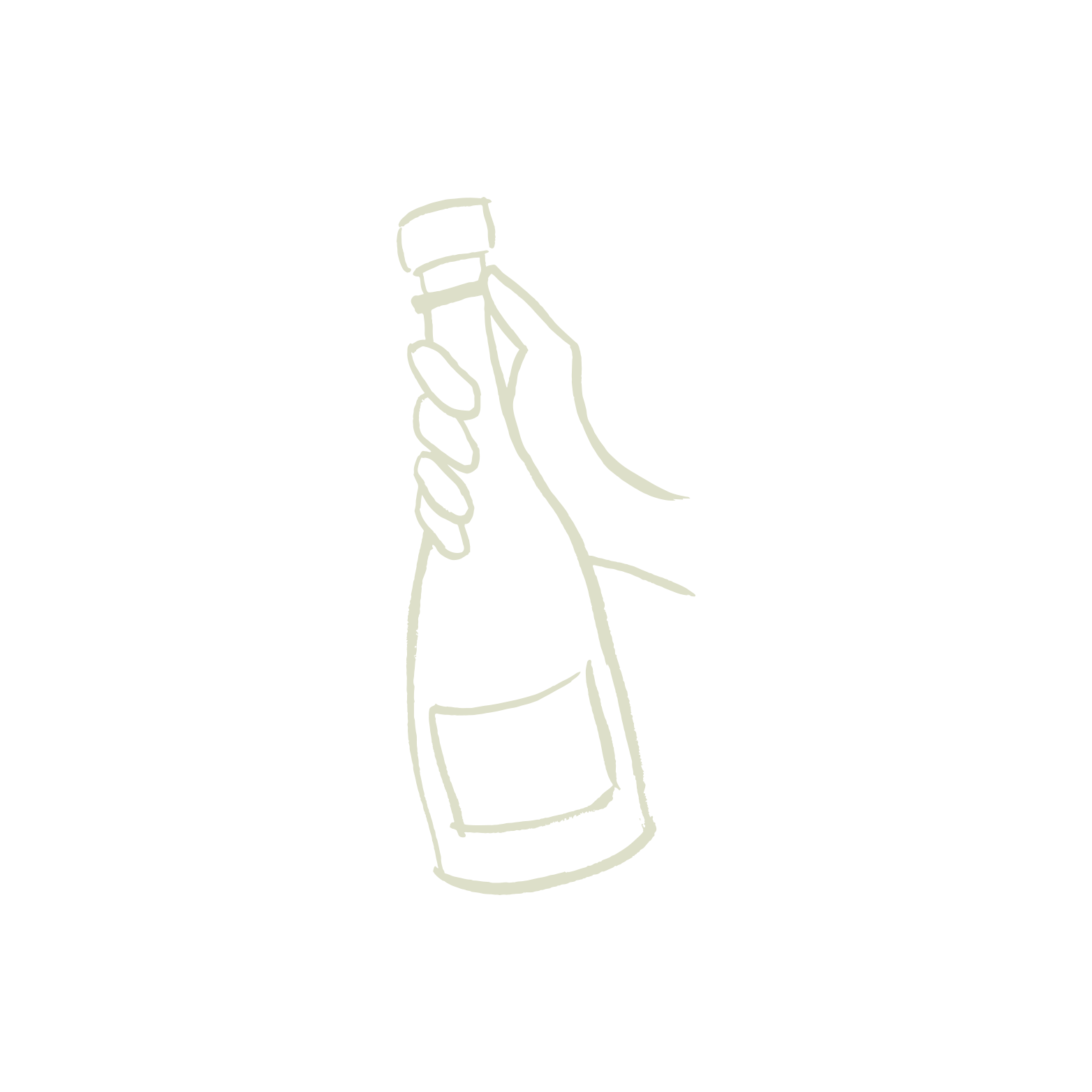Q&A with fatcork founder Bryan Maletis

In the tasting room, at dinner parties and on the golf course, fatcork founder Bryan Maletis gets a lot of questions about the business of importing grower Champagne. And in the 15 years since he and his wife, Abby, began fatcork, he’s never tired of answering them. But then again, the man could talk about Champagne for hours. In case you’ve never had the chance to ask him yourself (or if you’re curious about the unabridged versions of his answers), here is Bryan responding to the four questions he gets asked most often.

Question #1: Why did you start fatcork?
Bryan: I didn’t realize it at the time, but the seed of fatcork as a concept was planted before I was able to drink or was even interested in drinking alcohol. In high school, when I wasn’t going to school or attending water polo practice, I was stocking and merchandising grocery store shelves with products from my family’s beverage distribution company in Portland, Oregon. I loved reading the stories that were printed on the back labels of Italian wines made at small, old, family-run estates. The romance of those stories stuck with me, and, later, while I was studying abroad during my junior year of college, I visited Chianti, Italy, and met a winemaking family that sent me home with an open invitation to return.
I was a marketing major, and once I graduated college, I scored a job with the Portland-based advertising agency Weiden+Kennedy. I was riding high on the Nike account when six months into the job, the economy crashed, and I was laid off. So I called the Italians and made my way back to Tuscany to work at their winery as an apprentice. Between picking the ripe, deep purple sangiovese grapes in the vineyard, topping off barrels in the cellar, cleaning fermentation tanks and enjoying family meals (with plenty of wine), I fell in love with the idea of these small, family-owned businesses that nurture such beauty from the land and where everyone pitches in to make something so very unique and special. I loved seeing where the grapes came from and marveled at the work that goes into making some of the world’s most revered wine.
I took my new appreciation for and adoration of unique, limited-production wine and got a job at a wine merchant in New York City where my favorite thing to do was recommend my favorite Italian proseccos to customers. I encouraged them to pop those bottles open for no other reason than it was Tuesday — or whatever day it was. They would come back and tell me how fun that had been for them to enjoy their bubbles in that casual, no-big-deal way. I loved connecting with customers in that way.
Flash forward a few years: I got a job with a wine importer and distributor selling big-house Champagne to the New York/New Jersey market. This experience gave me a front row seat to the business of bubbles in the upper echelon. After that, there was no going back to prosecco. I did, however, want to return to the Pacific Northwest, so three years later, I took a job in Seattle with another distributor/importer. But, instead of big-house Champagne, I sold grower Champagne to Seattle's sommeliers and hoteliers. I became known as “the Champagne guy” in Seattle. At the same time, I got my MBA at University of Washington, and that’s when the pieces — my experiences working with importers, distributors, wine shops, restaurants and hotels — started coming together for me. I realized there was a loss of quality control at almost every step of the process and that I could perhaps change that by going directly to the growers and controlling quality from their caves to customers. I began putting together a business plan, my mantra from the New York wine shop still running through my head: Don’t wait for a special occasion to open a great bottle of Champagne or sparkling wine. Create one.
Abby and I took our first trip to Champagne in 2008. We literally just knocked on the door of every small, family-owned domaine we could find and asked for a tasting. In 2009, we went back to our favorites and introduced our business concept. And in 2010, fatcork was born.

Question #2: What is your favorite Champagne to drink?
Bryan: The short answer is: It depends … on the day, the time of year, the temperature outside, the company I’m with and the food that’s served. But in general, I prefer very dry to incredibly dry Champagne with no dosage added, so I can taste the purity of the grape. If you’re forcing me to choose a favorite, to me, chardonnay is the king of all grapes. Most of the time, the best chardonnay comes from Côte de Blancs, but well-made chardonnay Champagne can come from anywhere in the region. I love chardonnay because it’s zippy, floral, citrus-driven, light and bright. And it most clearly reveals the land where it is grown. I know a lot of people who say they don’t like chardonnay. That’s likely because it comes from land that’s not that great. Growers in Champagne make the best chardonnay in the world from soil that is perfectly suited to it.

Question #3: How often do you go to Champagne?
Bryan: I go once or twice a year. To me, it’s important to go at the beginning of the year when it’s the coldest in Champagne. It’s necessary to go then in order to taste the wine from the previous year’s harvest once it’s finished fermenting in its barrel or tank. This is base wine or “vin clair” in French. It’s super high in acidity, and how it tastes at this point indicates the success of the harvest and gives an experienced taster a sense of what the finished wine will taste like — especially if they are familiar with the winemaker and their methods.
My favorite time to visit Champagne, however, is during harvest. It’s an incredibly busy and frenetic time, and growers are often operating on four to five hours of sleep, so they don’t have time to linger with visitors. But I love harvest because of the activity in the vineyards. You can smell the grapes as they’re plucked off the vines and sent to the press. I love tasting ripe grapes straight off the vines, especially pinot meunier. It’s so sweet and fruity.

Question #4: Why does fatcork sell Champagne but not other sparkling wines?
Bryan: There are some really good sparkling wines out there, but they’re expensive, and they’re not as good as Champagne. Champagne, specifically grower Champagne, is the best quality sparkling wine you can get for your money.
I’m also a fan of choosing one thing and becoming really good at it. It’s taken me 15 years to really get to know the world of Champagne and to feel like I’m an expert. And it’s taken all those years to nurture relationships with our growers, so much that their families feel like family to me. I know a lot, but I’m still learning about Champagne every day. It’s only been in the last five years that I’ve gotten to experience Aube and the unique cuvées that are made there.
Finally, Champagne has a certain sentimental value to me, as well. When Abby and I first traveled to the region together, she happily traipsed around all day in the muddy vineyards with me and laughed it off when our accommodations had no sheets on the bed or running water. She was also all in when I said, ‘I think we should start a business importing grower Champagne.’

